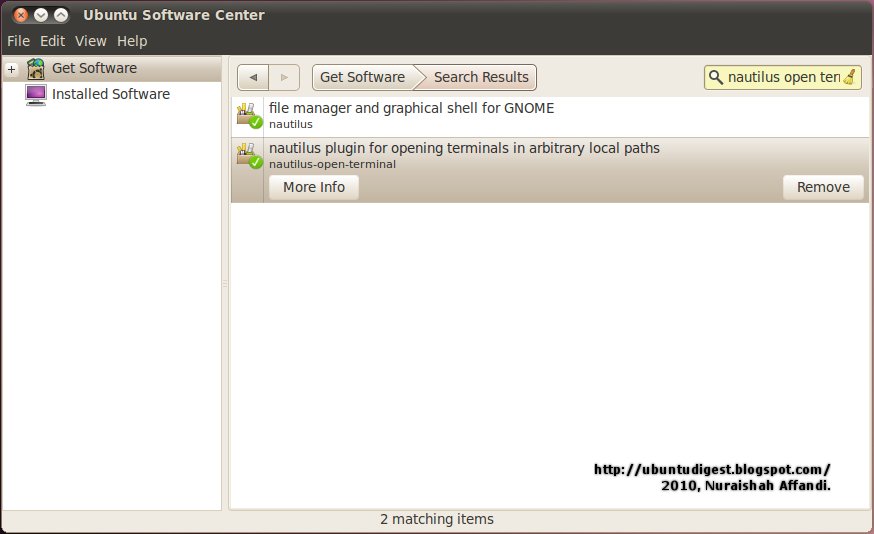


Ctrl + Left Arrow or Alt+B or Esc and then B – moves the cursor back one word at a time.Ctrl+F or Right Arrow – moves the cursor forward one character at a time.Ctrl+B or Left Arrow – moves the cursor back one character at a time.Ctrl+E or End – moves the cursor to the end of the line.Ctrl+A or Home – moves the cursor to the start of a line.The next shortcuts are used for moving the cursor within the command-line: Ctrl+Q – resume output to the screen after pausing it with Ctrl+S.If you have executed a command that produces verbose, long output, use this to pause the output scrolling down the screen. Ctrl+S – pause all command output to the screen.Ctrl+L – clears the screen (same effect as the “ clear” command).These shortcuts are used to control terminal screen output: Bash will try to launch the editor defined by the $EDITOR environment variable.

Open a terminal and press Ctrl+X and Ctrl+E to open an editor ( nano editor) with an empty buffer. We will group the bash keyboard shortcuts according to categories as follows. on the command line.Īlthough this article will mostly benefit Linux beginners getting their way around with command line basics, those with intermediate skills and advanced users might also find it practically helpful. These shortcuts allow you to easily and in a fast manner, perform certain activities such as accessing and running previously executed commands, opening an editor, editing/deleting/changing text on the command line, moving the cursor, controlling processes etc. In this article, we will share a number of Bash command-line shortcuts useful for any Linux user.


 0 kommentar(er)
0 kommentar(er)
